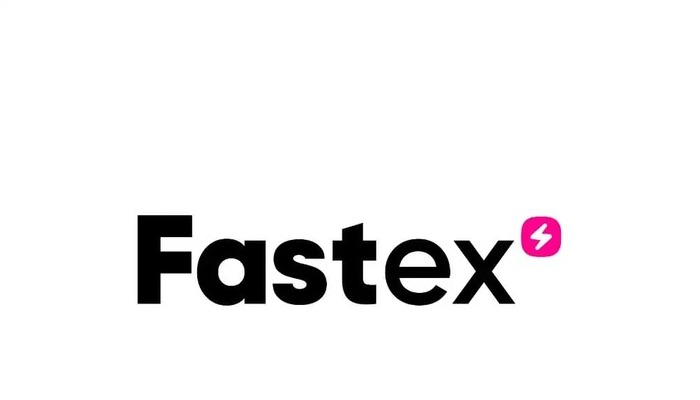
Learnings from crypto collapse on how to evaluate new-age businesses
By now, you must have read that FTX (among the world’s largest crypto exchanges) filed for bankruptcy last Friday. The collapse of an exchange founded in 2019, seen as among the most respected firms in the crypto world with over a million users and valued at $32 billion earlier this year, offers crucial learnings as we analyse the new-age businesses that are looking to disrupt the existing ecosystem. Usurping the way things are traditionally done sounds futuristic, but systems built over decades are encoded with valuable learnings. In this article, I propose that for companies wanting to break the rules of how it is always done, mastering them first is a bare minimum.
Let us start with what we know. FTX and Binance are cryptocurrency exchanges that enable customers to trade digital currencies for other digital currencies or traditional money. Between the two, they processed the majority of all crypto trades in the world. Alameda Research was the quantitative trading run by FTX’s CEO, Sam Bankman-Fried (SBF).
On 2 November 2022, CoinDesk, a crypto publication, alleged that $5.8 billion of the $14.6 billion of assets on Alameda’s balance sheet were coins issued by FTX itself (known as FTT). FTT was used as collateral for loans taken from several entities as Alameda traded complex derivatives. On 6 November, Changpeng Zhao (CZ), CEO of Binance, said he would dump its FTT token worth nearly $580 million in response to recent revelations. The price of FTT was around $25 then; it has fallen over 90% since.
Following CZ’s comments, FTX customers rushed to exit and the exchange faced $5 billion in withdrawals. Ideally, an exchange should have been able to service all clients’ withdrawals. But SBF admitted that FTX only had $4 billion in easily traded assets to cover them. By 8 November, the curtains came down, and customers had difficulty withdrawing funds. As of now, billions of dollars of assets are stuck on FTX, including half the capital of Galois Capital, a hedge fund whose founder is credited with spotting the collapse of cryptocurrency Luna.
The genesis of crypto fanfare lies in the notion that traditional finance is controlled by a few institutions and has many rent-seekers. A simple credit card transaction involves credit controls by a central bank, credit assessment by the local bank, payment controls by merchants and hefty fees charged by this ecosystem for the hegemony. With crypto, let us decentralize the financial system by empowering individuals with peer-to-peer (P2P) digital exchanges where a third party is not involved. Central banks won’t be able to control us, and the local banks (or payment networks) won’t be able to charge us hefty fees – and voila, real freedom!
And so, a Decentralized Finance (DeFi) system which eliminates intermediaries is born. Anyone with an internet connection can lend, trade and borrow using software that records and verifies financial actions in distributed financial databases using blockchain technology. How that works is beyond the scope of this article but suffice it to say that DeFi eliminates the need for intermediaries. However, total decentralization comes at huge costs, and therefore most exchanges (Binance, FTX, Coinbase, etc) start off as centralized (and hope to get decentralized over time). That, however, requires that one must store their crypto in internal wallets of the exchange (you are not in control of your private key). And therein lies the crux of the FTX crisis.
Let us compare a traditional exchange (say, NSE) with a cryptocurrency exchange (say FTX). Say you wanted to buy shares in a company listed on NSE. You will create a trading account with a broker who will facilitate your purchase (who can become a broker is governed). The trades will be cleared by the clearing corporation that assumes the counter-party risk (so your shares are not lost if your broker goes bankrupt). To pay for these shares, money will move from your bank account (the exchange will set margins at several levels to make sure pay-in doesn’t fail). Once cleared, the shares will reside in your Demat account, maintained by two depository organizations (NSDL and CDSL NSE -0.20 %). This system is heavily governed and charges fees. But it is one that has been developed with checks and balances, and perfected over decades, after having seen its own share of scams and break-downs.
Compare that to a crypto exchange. FTX is several entities rolled into one – the broker, the exchange, the clearing corporation, the custodian and also, most importantly, the bank! Crypto traders can store their cryptocurrency either in digital wallets (hardware or web-based) or at the exchange, but since all large exchanges (including FTX) are centralized, they must store their crypto in the exchange’s internal wallet. When FTX filed for bankruptcy, it appears that over $16 billion worth of cryptos was stored at the exchange.
Given there is little regulation around cryptos, it is fair to assume that a significant portion of that will be lost. What started with the idea of saving on the fees charged by the rent-seeking hegemony might have possibly created the largest financial fraud within the brokerage space ever! Institutions that attempt to break the rules of traditional centralized finance should have mastered the benefits arising out of that system first, addressed it beforehand second, and then should have gone on to disrupt them.
This carries important learnings. As investors, when we evaluate new-age businesses trying to disrupt the existing ecosystem, it is imperative that we know whether the promoters of such businesses understand the business they intend to disrupt. Getting caught in the ‘in thing’ is easy otherwise. And as we see, the margin of safety is low if they fail.
A critical aspect that usually works in such situations is the presence of skin in the game – it offers no guarantee of success, but an absence of it is a huge red flag. If a conflict of interest can be avoided, the chances of survival multiply manifold.
In the FTX case, look at the huge conflict that existed. An exchange (that held custody of client assets) was run by the same person who also ran a huge crypto trading firm. If the trading firm were to lose a ton of money, where do you think the loss will be funded? By his own admission, SBF told investors recently that Alameda owed FTX $10 billion. Besides the glaring conflict, part of SBF’s wealth was invested in a PE firm (Sequoia) that invested in FTX. Conflicts of interest abound, and there was a total lack of skin in the game.
Let me end by stating that the “skin in the game” concept not only applies to the companies we invest in but also to how we choose the funds to invest. While we evaluate the firm’s strategy and make up our minds on the pedigree of portfolio managers, knowing what part of the managers’ wealth is tied up in the “best equity vehicle” they are asking you to invest in can end up making a huge difference. As I said, it offers no guarantee of success, but I would view an absence of skin in the game as as significanly large red flag.











